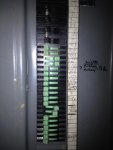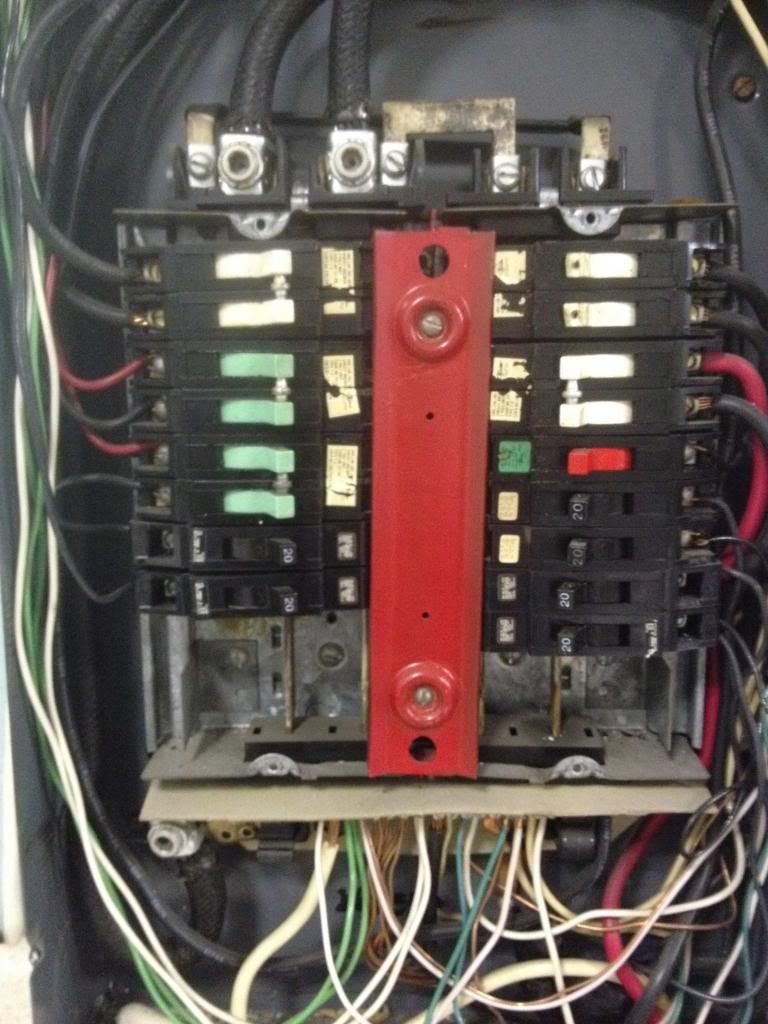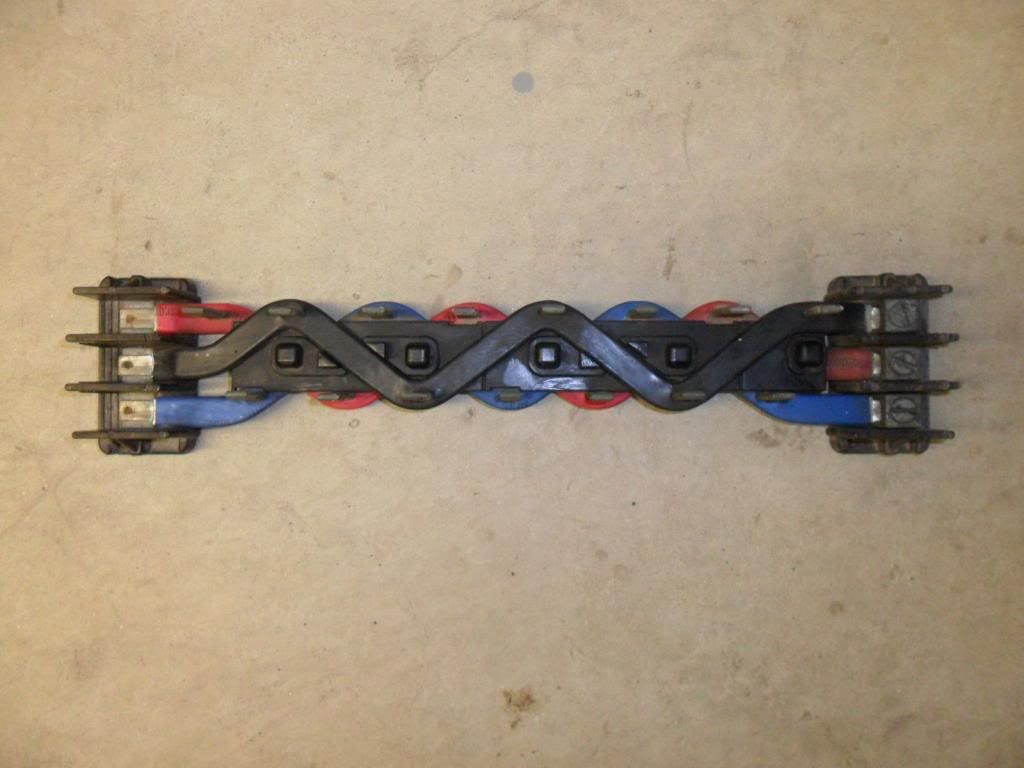DBoone
Senior Member
- Location
- Mississippi
- Occupation
- General Contractor
IMG_3438.jpg
IMG_3439.jpg
IMG_3440.jpg
My parents panel from the early 70s... Zinsco and no breaker smaller than a 30A. :blink:
My grandparents' house was built and wired by the same people that did my parents' and it has a ton of single 30s but at least it does have two single 20s and they don't have a Zinsco panel. :thumbsup:
IMG_3439.jpg
IMG_3440.jpg
My parents panel from the early 70s... Zinsco and no breaker smaller than a 30A. :blink:
My grandparents' house was built and wired by the same people that did my parents' and it has a ton of single 30s but at least it does have two single 20s and they don't have a Zinsco panel. :thumbsup:





